My Favourite Painting: Jenni Murray
The journalist and broadcaster Jenni Murray talks about a painting that is 'the first illustration of #MeToo'.
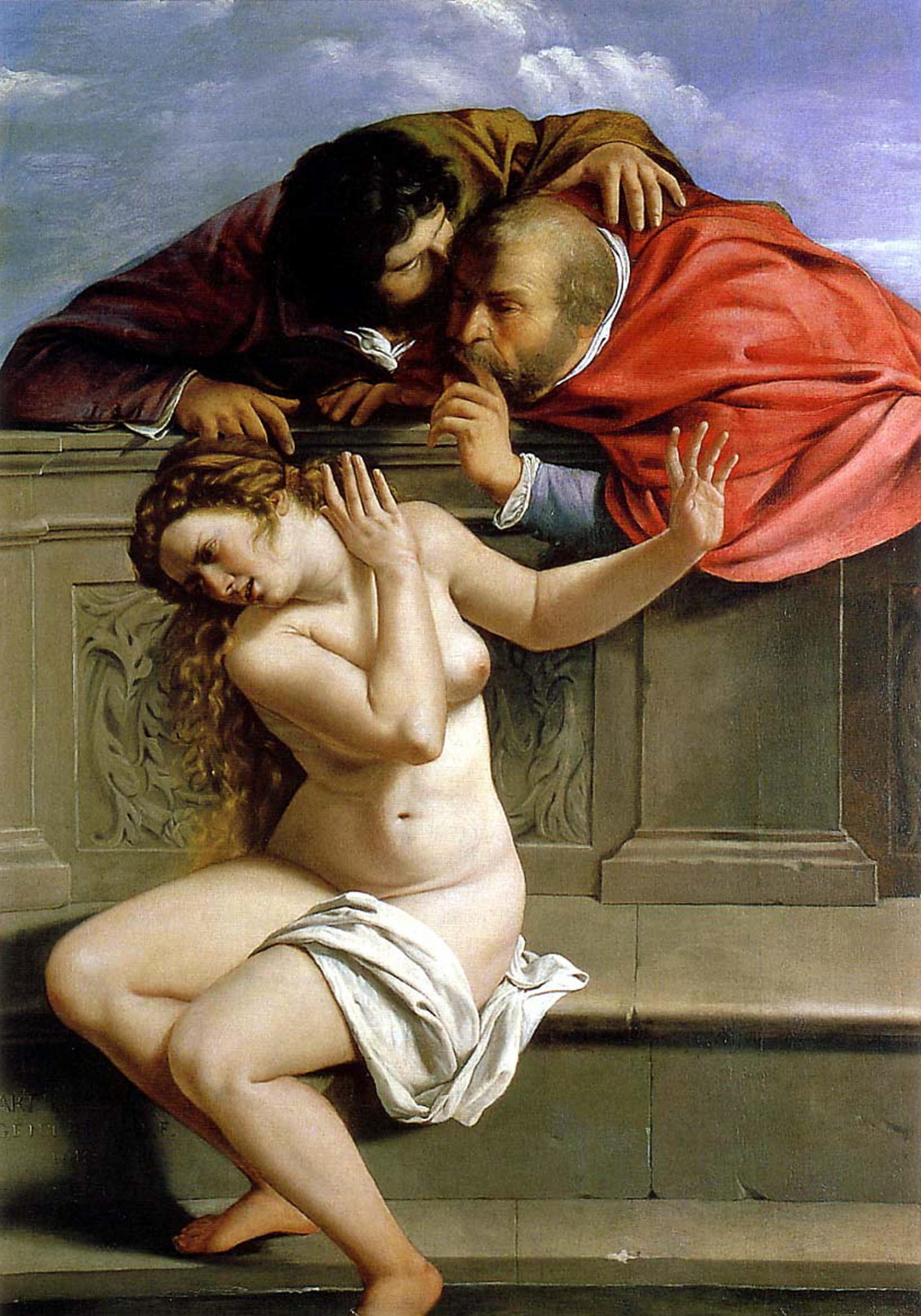

Jenni Murray on Susanna and the Elders by Artemisia Gentileschi
‘This was the first time Artemisia painted this subject and it was made before she experienced sexual violence. Many more equally resistant Susannas came after Artemesia was raped, but here she shows remarkable prescience.
‘Susanna does not find the men’s attention attractive or flattering. There is nothing erotic about men leering at a young woman.
‘It’s special for me as the first illustration of #MeToo and shows how a woman can be a great artist and give an entirely different perspective from what a male painter might present.’
Dame Jennifer Murray is a journalist and broadcaster best known for presenting BBC Radio 4’s Woman’s Hour, which she has done since 1987.
John McEwen on Gentileschi and Susanna and the Elders
The sudden rise of Artemisia Gentileschi to widespread recognition as an Old Master is illustrated by the Murrays’ 1960 Penguin Dictionary of Art & Artists. Her entry is a two-line footnote to that of her father, Orazio, court painter to Charles I. Today, their positions would be reversed. Sadly, the popular reason for her status as a feminist heroine is that, in addition to her success in an almost exclusively male profession, she overcame the humiliation of a public rape trial.
This, her earliest-known picture, painted when she was 17, the year before her rape, shows that, even as a teenager, Artemisia was an artist of exceptional ability. The story concerns the prophet Daniel, but is not in the Old Testament. It tells of two wicked old Babylonian elders who ogled and then set upon beautiful Susanna when she was bathing privately. At the subsequent trial, she was saved from death by young Daniel, who, ‘raised by the holy spirit’, exposed the elders’ lies and saved Susanna’s life. This was a popular subject with male artists for its eroticism; Artemisia, by contrast, empathises with Susanna’s resistance and distress.
The painting shows why Artemisia’s father, her principal teacher, considered ‘she had no [artistic] peer’. She was the first woman accepted by Florence’s Accademia delle Arti del Disegno and enjoyed the patronage of the Medici and Charles I.
In 1916, the Italian art historian Roberto Longhi stirred her re-discovery by declaring — admittedly an exaggeration — that she was ‘the only woman in Italy who ever knew about painting’. The National Gallery has curated a major exhibition devoted to Artemisia’s work that was due to open last month; it has had to be postponed.
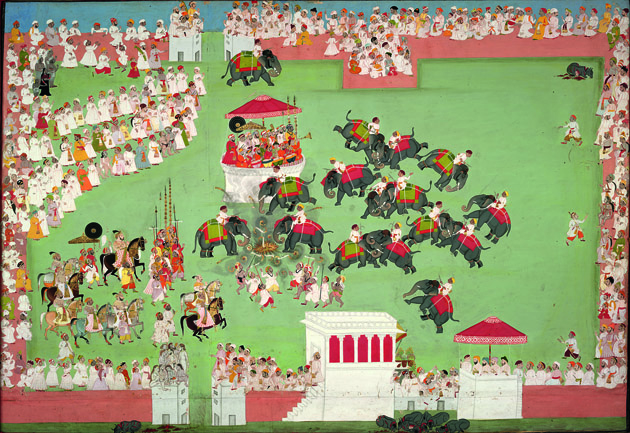
My favourite painting: Nicholas Coleridge
Nicholas Coleridge chooses Maharana Jagat Singh attending an elephant fight by Syaji and Sukha as his favourite painting
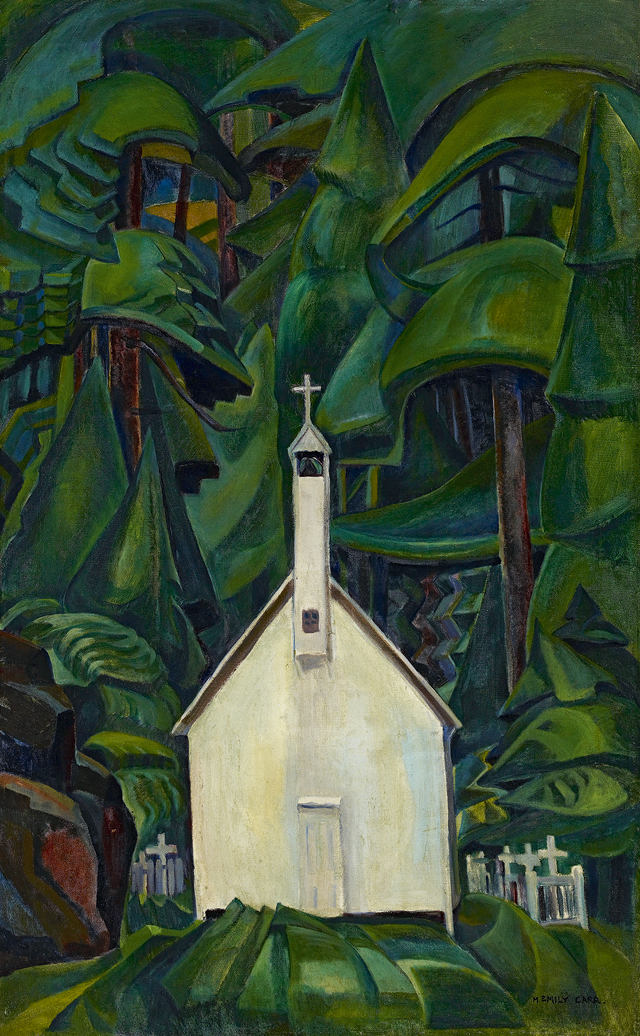
My favourite painting: Patrick Gale
Patrick Gale chooses his favourite painting for Country Life.
Sign up for the Country Life Newsletter
Exquisite houses, the beauty of Nature, and how to get the most from your life, straight to your inbox.
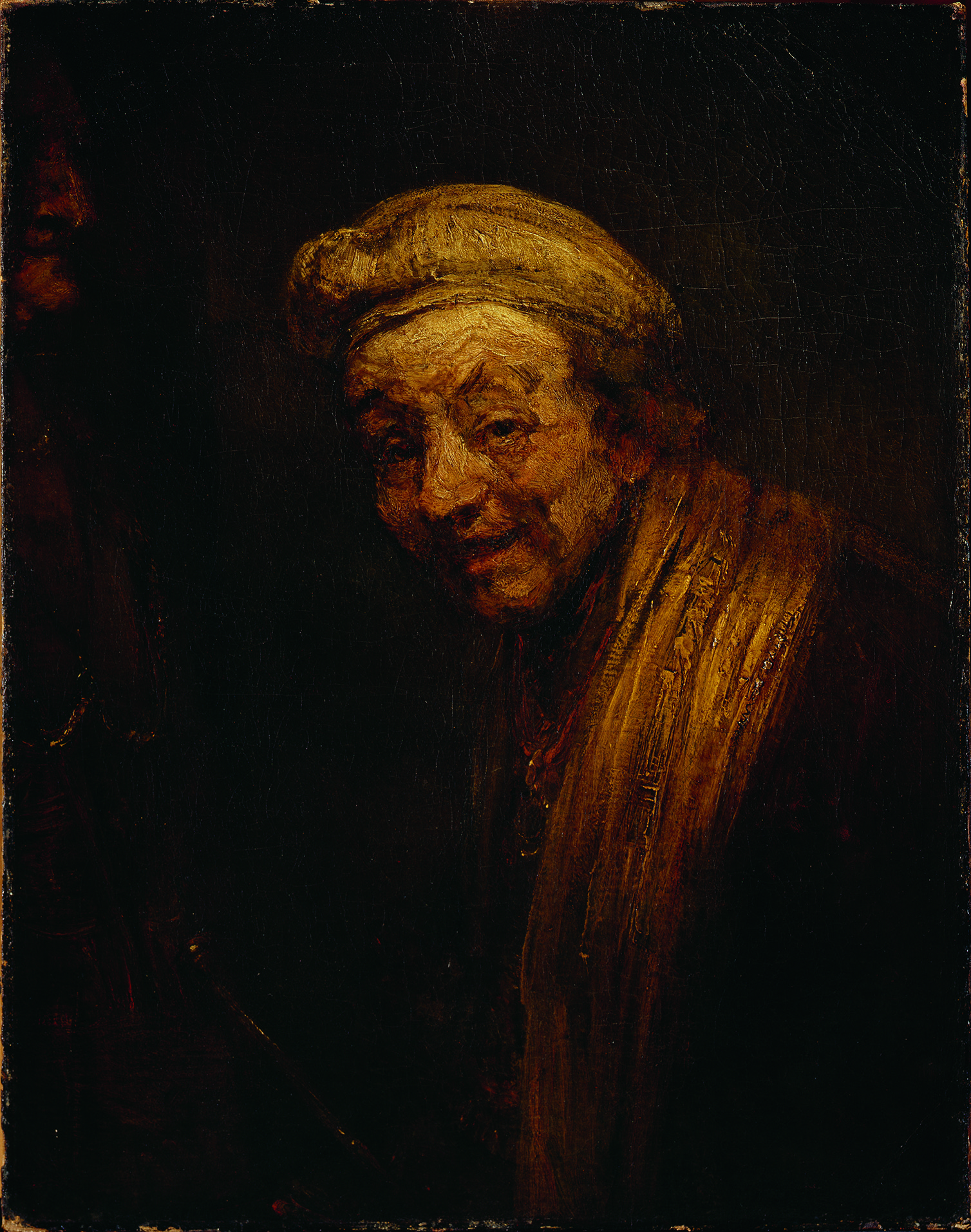
Credit: Rembrandt
My Favourite Painting: Maggi Hambling
Maggi Hambling chooses her favourite painting for Country Life.
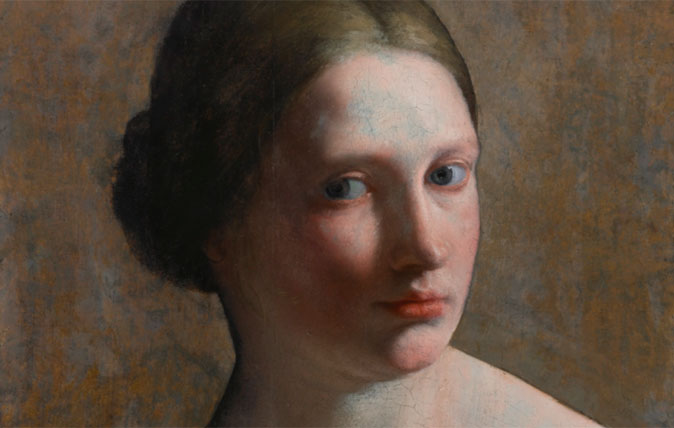
Credit: Sotheby's
Charles I’s lost painting, up for sale for the first time in nearly 400 years
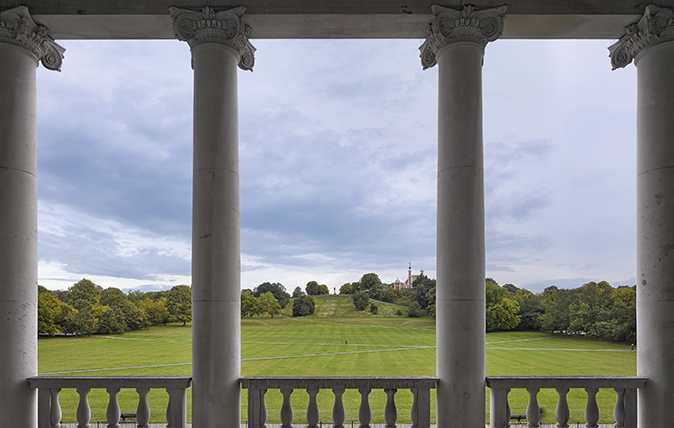
The Queen’s House, Greenwich: A royal villa of global significance housing a world-class art collection
In preparation for its 400th anniversary last year, the Queen’s House underwent a major refurbishment and re-hang. Harry Mount looks
Country Life is unlike any other magazine: the only glossy weekly on the newsstand and the only magazine that has been guest-edited by HRH The King not once, but twice. It is a celebration of modern rural life and all its diverse joys and pleasures — that was first published in Queen Victoria's Diamond Jubilee year. Our eclectic mixture of witty and informative content — from the most up-to-date property news and commentary and a coveted glimpse inside some of the UK's best houses and gardens, to gardening, the arts and interior design, written by experts in their field — still cannot be found in print or online, anywhere else.
-
 'Monolithic, multi-layered and quite, quite magnificent. This was love at first bite': Tom Parker Bowles on his lifelong love affair with lasagne
'Monolithic, multi-layered and quite, quite magnificent. This was love at first bite': Tom Parker Bowles on his lifelong love affair with lasagneAn upwardly mobile spaghetti Bolognese, lasagne al forno, with oozing béchamel and layered meaty magnificence, is a bona fide comfort classic, declares Tom Parker Bowles.
By Tom Parker Bowles
-
 Country houses, cream teas and Baywatch: Country Life Quiz of the Day, April 24, 2025
Country houses, cream teas and Baywatch: Country Life Quiz of the Day, April 24, 2025Thursday's Quiz of the Day asks exactly how popular Baywatch became.
By Toby Keel